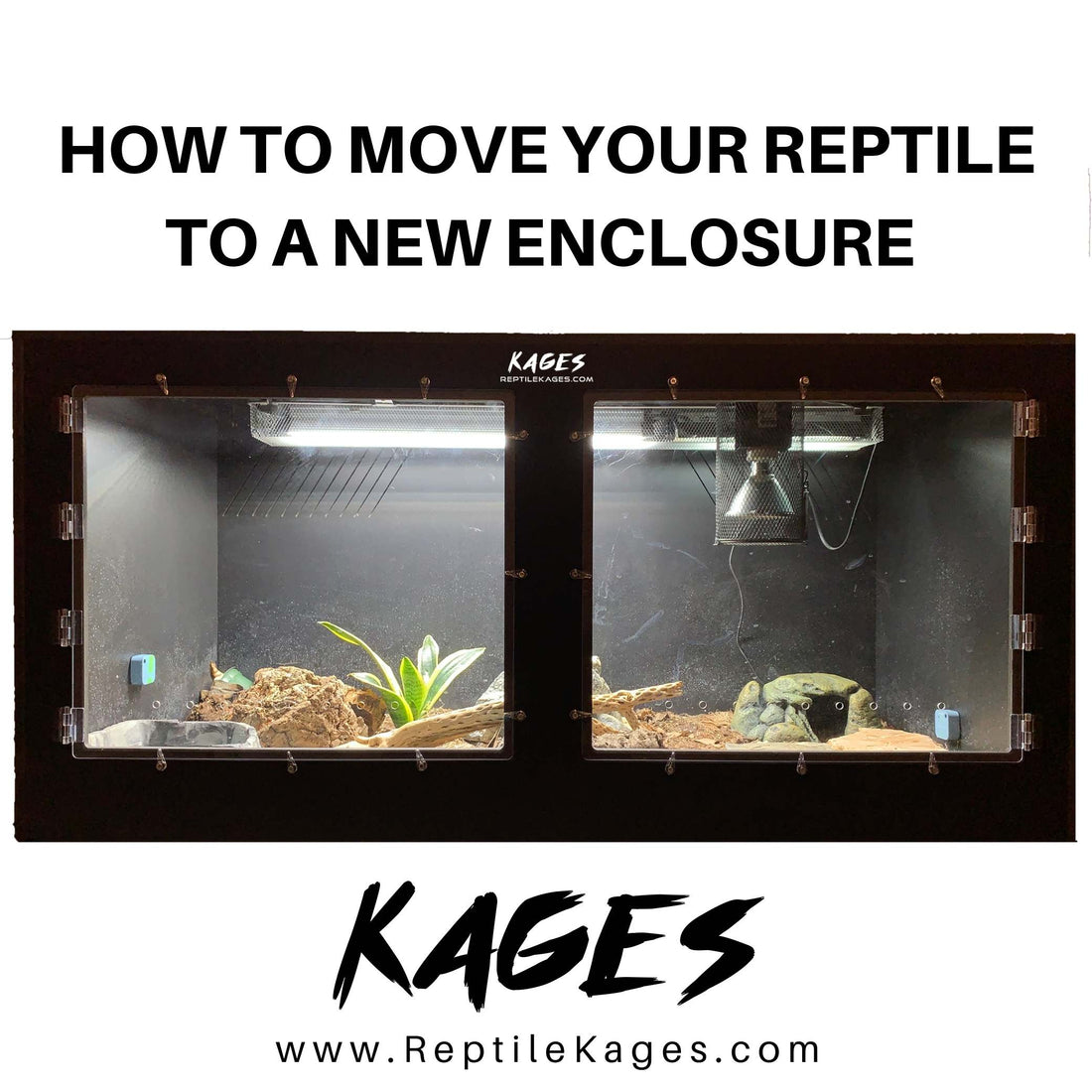Whether you have been a snake owner for a while or have just decided to become one, moving your favorite hissy pet to a new reptile habitat can be a bit tricky. But don’t worry, we’ve got your back. Here are a few things you should know about introducing your snake to its new enclosure properly.
5 Tips to Move Your Snake to a New Habitat Safely
Unlike regular furry pets, reptiles require a bit of a different approach when it comes to changing their usual habitat to a new one. Follow these tips to help you make the process of acclimating your slithering pet to a new enclosure hassle-free.
Keep Calm
We know it might be easier to say than do, but it’s critical you try your best to keep a cool head and not stress. Snakes can sense your nervousness and become angrier because of that. Just treat this process as usual activity, and you’ll move your reptile into a new habitat in no time.
Ensure a Proper Environment
Different snakes might require specific environments to stay happy and healthy. So before you attempt transferring your pet reptile into a new enclosure, make sure it meets your snake’s needs. It means you might need to take care of setting up the right temperature, humidity level, and water access.
Turn Off the Light
If there’s a heat lamp set up in your snake's new enclosure, turn it off when you first introduce your pet to it. The light might scare and stress it in the beginning. However, if you also use an under-tank heater, you can leave it on.
Let Your Snake Take Its Time
If your reptile comes in a container, just place it on the side inside the new enclosure and open it. And if it comes in a cloth bag, release your snake by placing the bag inside the cage and untying it. Don’t rush your snake. Let it come out of the transport container or bag at its own pace.
Give Your Pet a Few Hours to Acclimate
Moving places is a significant change not only for you but also for your reptile pet. So, keep in mind that your snake might need a few hours to get accustomed to its new habitat. After that, you can take the transfer container out of the enclosure and turn on the heat lamp. This way, you’ll help your snake feel at home in its new habitat from day one.
Takeaway
We hope that now you know more about relocating your pet snake properly and carefully. Follow the tips we shared in this post, and you'll make this process a much more pleasant experience for both you and your pet.
At Kages, we promote ethical reptile keeping. Feel free to check out our collection of high-quality custom PVC reptile enclosures to find a perfect new habitat for your favorite snake.
Our products are functional, modern, and easy to assemble. Plus, we handcraft them right here in the US and customize them to fit your specific needs. Please, don’t hesitate to contact us if you have any questions.
Getting pet insurance for Snakes may also provide additional peace of mind, though exotic pet policies are notoriously hard to come by. Money.com has a great article that breaks down many different policies (including Nationwide’s exotic pet insurance) to help you decide when (and if) pet insurance may be right for you. Check it out here: Money.com.

